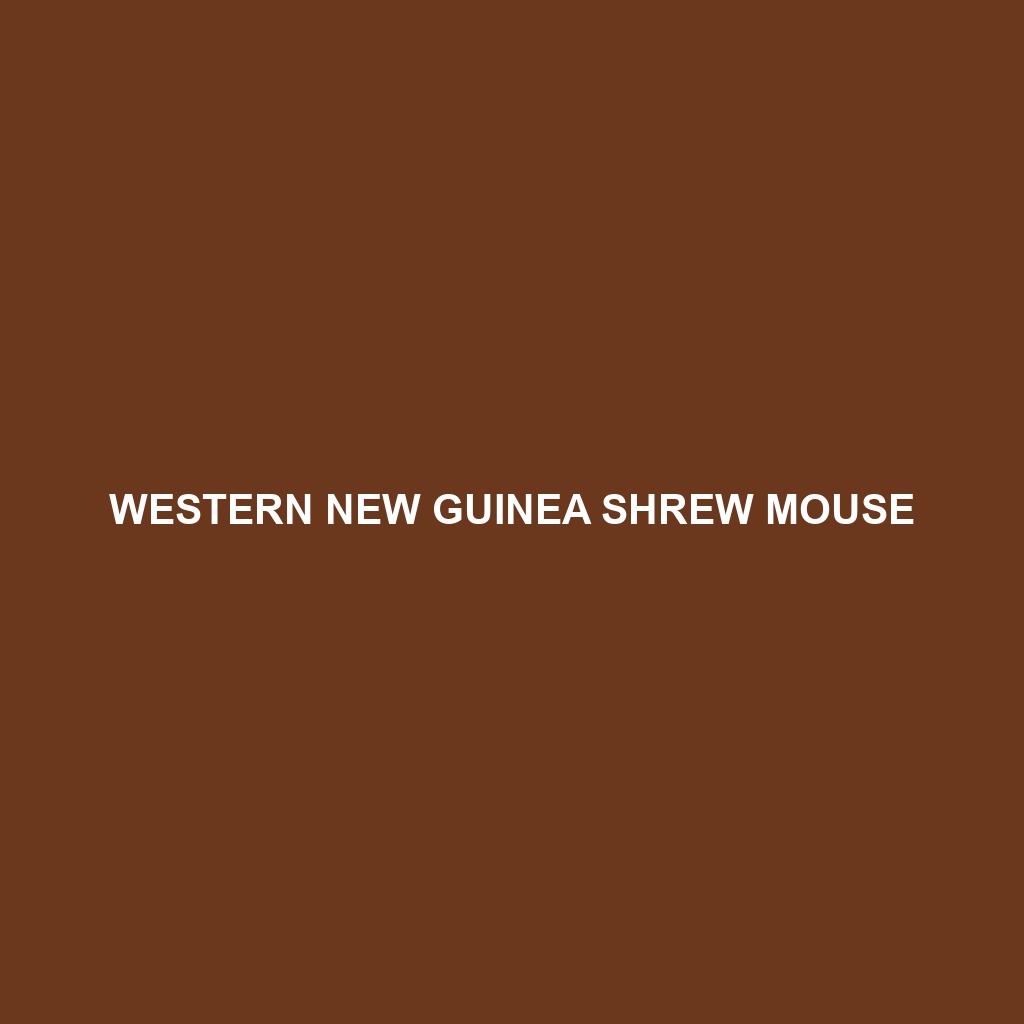Koopman’s Forest Mouse
Common Name: Koopman’s Forest Mouse
Scientific Name:
Habitat
The Koopman’s Forest Mouse is primarily found in tropical and subtropical rainforest regions of Africa, with a significant presence in the Democratic Republic of the Congo and surrounding areas. These mice thrive in dense vegetation, particularly in moist forest understories, where they can find shelter and abundant food sources. Their natural habitats also include areas near rivers and swamps, which provide ideal microenvironments for survival.
Physical Characteristics
This species typically measures between 8 to 10 centimeters in length, with a tail that is almost as long as its body. The fur of the Koopman’s Forest Mouse is predominantly brown with lighter underparts, offering excellent camouflage among the forest floor litter. Its rounded ears and large, dark eyes are distinctive features that enhance its sensory perception, aiding in navigation through its dimly lit habitat.
Behavior
The Koopman’s Forest Mouse exhibits primarily nocturnal behavior, becoming active during the night to forage for food. Social structures may vary, ranging from solitary individuals to small family groups. Additionally, they are known for their agility and ability to climb, allowing them to escape potential predators effectively. Their vocalizations include chirps and squeaks, which play a role in communication among individuals.
Diet
Koopman’s Forest Mice are omnivorous, feeding on a wide range of food sources. Their diet primarily consists of seeds, fruits, and insects. They are known to forage actively, often storing surplus food in hidden locations to ensure a steady food supply. This behavior contributes to their survival during periods when food is scarce, especially during dry seasons.
Reproduction
The reproductive habits of the Koopman’s Forest Mouse include a breeding season that typically occurs during the wet season when resources are most plentiful. Females are known to give birth to litters of 2 to 5 offspring after a gestation period of approximately 25 days. The young are altricial at birth, developing rapidly and becoming independent within a few weeks.
Conservation Status
Currently, the Koopman’s Forest Mouse is classified as vulnerable due to habitat loss and fragmentation caused by deforestation and agricultural expansion. Conservation efforts are vital to preserve their habitat and ensure the survival of this unique species.
Interesting Facts
One fascinating aspect of the Koopman’s Forest Mouse is its ability to adapt to various ecological niches within its habitat. Furthermore, their role in seed dispersal is crucial as they contribute to the regeneration of forest plants and trees. This ecological service underscores their importance in maintaining the biodiversity of their environment.
Role in Ecosystem
As an integral part of the forest ecosystem, the Koopman’s Forest Mouse plays a vital role in nutrient cycling and serves as prey for a variety of predators, including birds of prey and snakes. Their foraging activities help in maintaining the balance of plant species by promoting seed dispersal. Thus, they contribute significantly to the overall health and functionality of their forest habitats.
